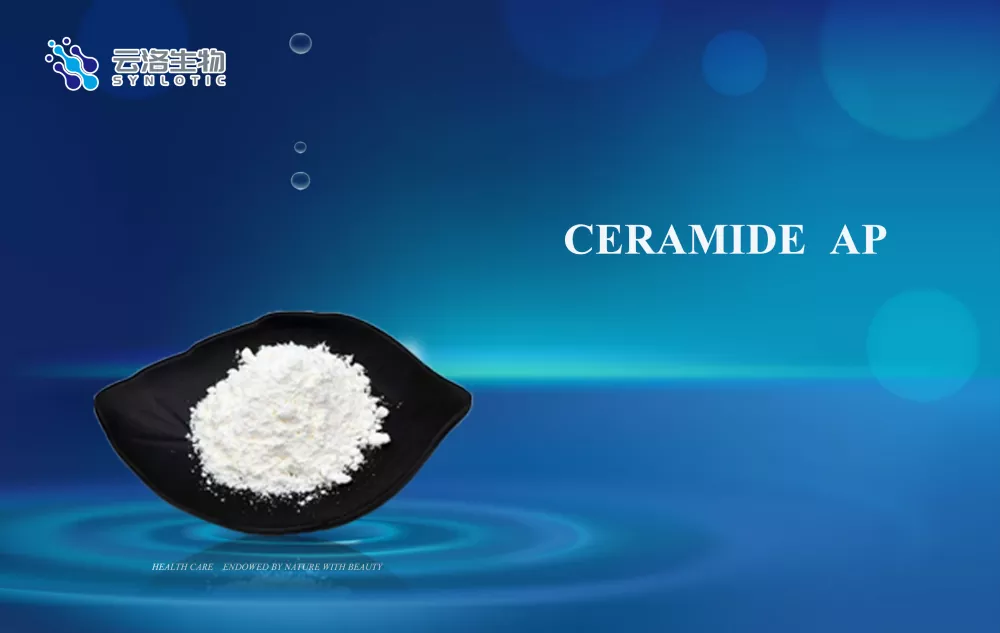How to Read a Cosmetic Ingredient List Like a Pro
2025-04-15
Walking down the beauty aisle, you’re faced with endless labels filled with scientific names and marketing claims. But what do those long lists of ingredients really mean? Learning how to decode them is a game-changer for your skincare routine.
The Order Matters
Cosmetic ingredients are listed in descending order by weight. That means the first few ingredients usually make up the bulk of the formula. If the active ingredient you're interested in is at the bottom of the list, its concentration might be too low to be effective.

Spotting Key Ingredients
- Hyaluronic Acid – Excellent for hydration.
- Retinol (Vitamin A) – Powerful anti-aging and acne treatment.
- Vitamin C (Ascorbic Acid) – Brightens skin and reduces dark spots.
- Niacinamide (Vitamin B3) – Great for reducing redness and improving skin texture.
- Peptides – Help with firming and repairing skin.
When these ingredients are listed near the top, the product is likely more potent and effective.
Red Flags to Watch For
- Alcohol Denat. – Can be drying or irritating for sensitive skin.
- Fragrance/Parfum – Often a source of irritation or allergic reaction.
- Parabens and Phthalates – Controversial preservatives linked to health concerns (some consumers choose to avoid them).
Not all “chemical-sounding” names are bad — many natural ingredients also have scientific names. For example, tocopherol is vitamin E, and panthenol is provitamin B5.
Pro Tips
- Use ingredient-checking apps or databases to research unknown ingredients.
- Patch test new products before full use.
- Look for certifications like non-comedogenic, hypoallergenic, or dermatologist-tested if you have specific concerns.
Conclusion
Cosmetic ingredients are more than just words on a label — they’re the building blocks of your beauty routine. By understanding what they are and how to read them, you become an empowered consumer who can choose products that truly work for your skin.
Would you like a third blog focused on natural vs. synthetic cosmetic ingredients or one about trending skincare ingredients? I'd be happy to write that too!


